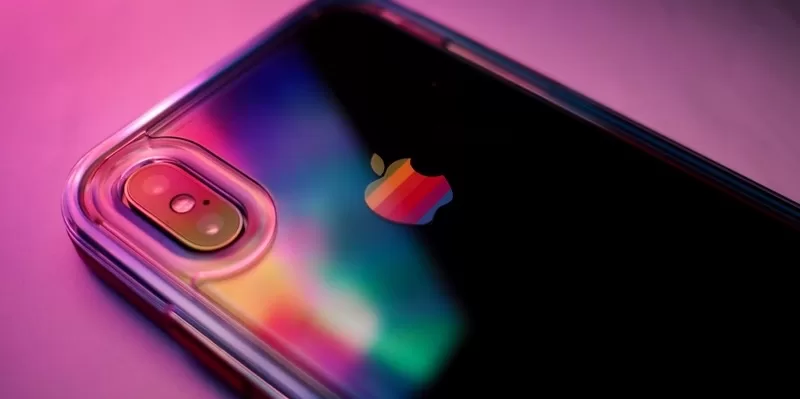For over a decade, Samsung and Apple have been competing for the title of the world’s largest smartphone vendor, with the South Korean tech giant winning most of the time. But in 2023, things changed, and Apple overtook Samsung in global smartphone shipments for the first time. The massive 125-million-unit lead Samsung held ten years ago is now completely gone, with its annual shipments continuing to decline. If this trend persists, which appears likely, Apple is on track to create a significant lead.
According to data from Altindex.com, based on the trends seen in the past decade, the shipment gap between Apple and Samsung is projected to grow fifteenfold, reaching nearly 75 million units by 2034.
Annual Shipments Gap to Jump from 4.7 million to 74.7 million in Ten Years
The shipment gap between the world’s two largest smartphone vendors, Samsung and Apple, has been narrowing for years. While Samsung’s shipments dropped, Apple’s increased, and several reasons explain this shift.
Over the past few years, Samsung has shifted its focus from budget-friendly models to premium lines like the Galaxy S and Z series. At the same time, the rising Chinese competition from Xiaomi, Oppo, and Vivo overtook its market share in regions where it once led with affordable devices. On the other hand, Apple’s strong brand loyalty, software support, and longer upgrade cycles have made iPhone users stick to their devices, while the company’s growing presence in countries like India has only further boosted sales.
This opposing trend has erased Samsung’s 125-million-unit lead from 2014, with Apple now leading global smartphone shipments by 4.7 million units. However, the South Korean tech giant has more reasons for concern. According to AltIndex analysis, based on IDC’s Quarterly Mobile Phone Tracker data, the shipment gap is projected to widen significantly in the coming years.
According to IDC data from 2014 to 2024, Samsung’s annual smartphone shipments have declined by 94.6 million units, averaging a drop of 9.5 million per year. Even under a conservative scenario, where the yearly decline slows to 5 million units, Samsung’s shipments would still fall to 173.5 million by 2034, a decrease of 50 million over the next decade.
Meanwhile, iPhone shipments increased by an average of 3.5 million per year during the same period, resulting in a ten-year growth of 35.5 million units. Even if Apple’s growth moderates due to market saturation and rising competition, its shipments could still increase by an average of 2 million annually. At that rate, Apple would reach 248 million units by 2034, 20 million more than in 2024.
With Samsung’s shipments declining by an estimated 50 million and Apple’s growing by 20 million, the gap between the two smartphone giants could reach around 40 million units by 2029 and expand to 74.7 million by 2034, or fifteen times more than last year.
Q1 Sales Figures Show Samsung Continues Losing Ground
The latest IDC data also goes in line with these projections. In Q1, Samsung shipped 60.6 million smartphones, only 0.6% more than in the same quarter last year. However, its market share continued falling and now stands at 19.9%, down from 20.1% in Q1 2024.
On the other hand, iPhone shipments jumped by 10% and hit 57.9 million in Q1, with Apple holding 19% of the global smartphone market, or 1.5% more than in the same period last year.




